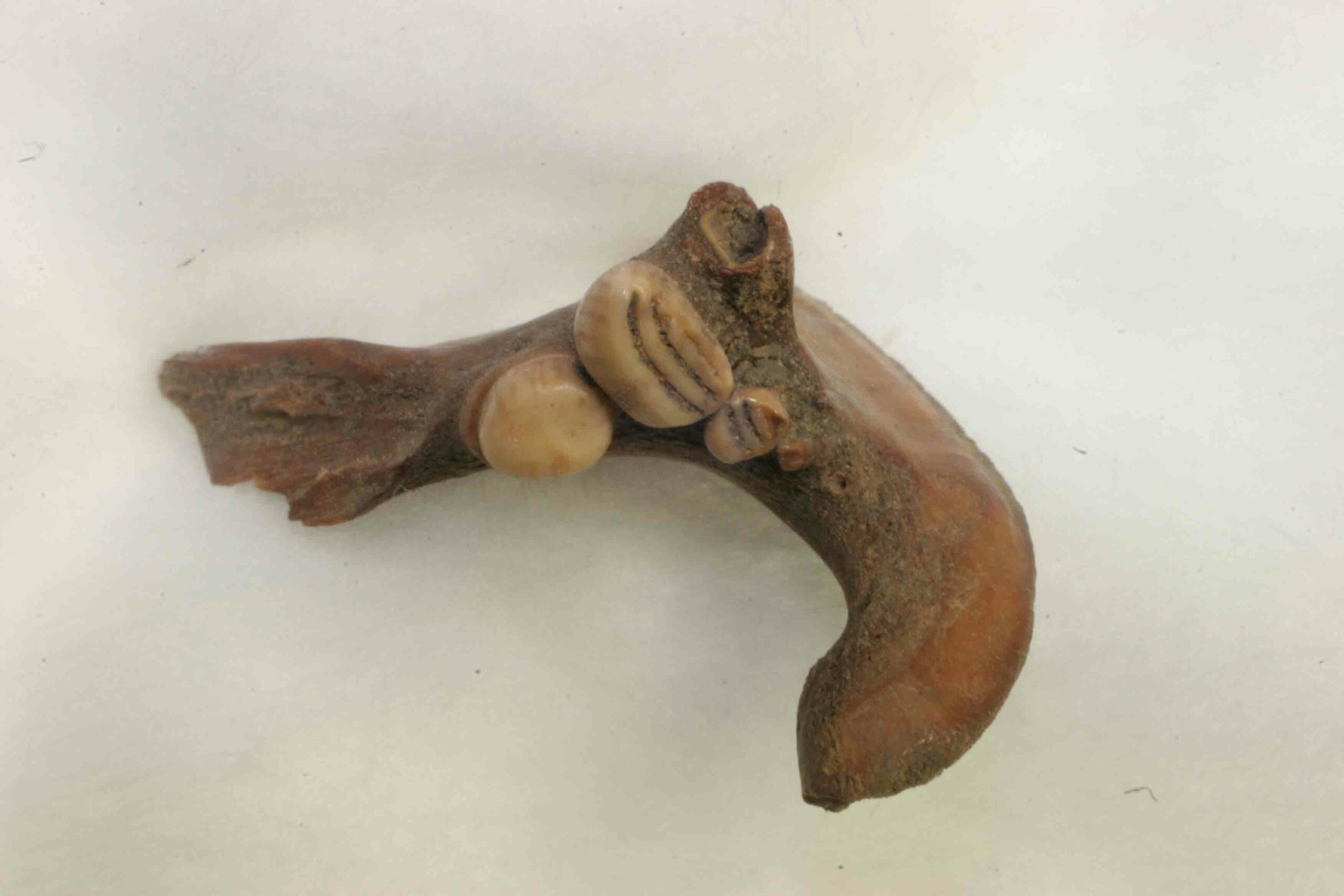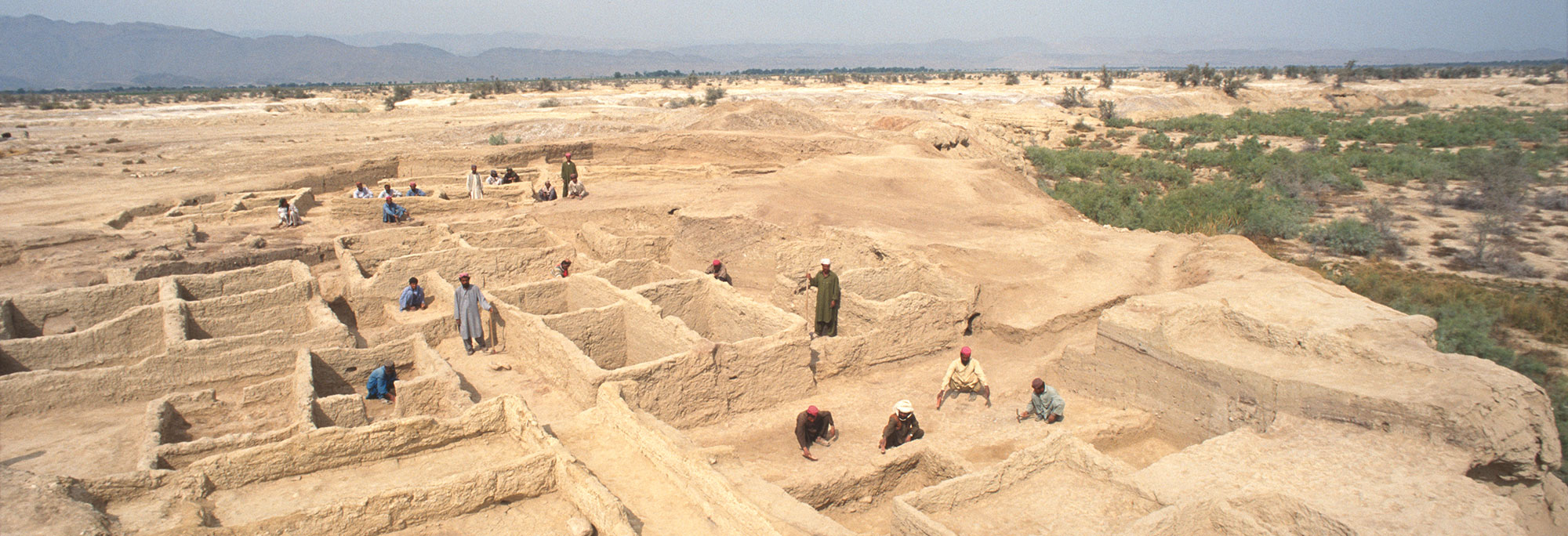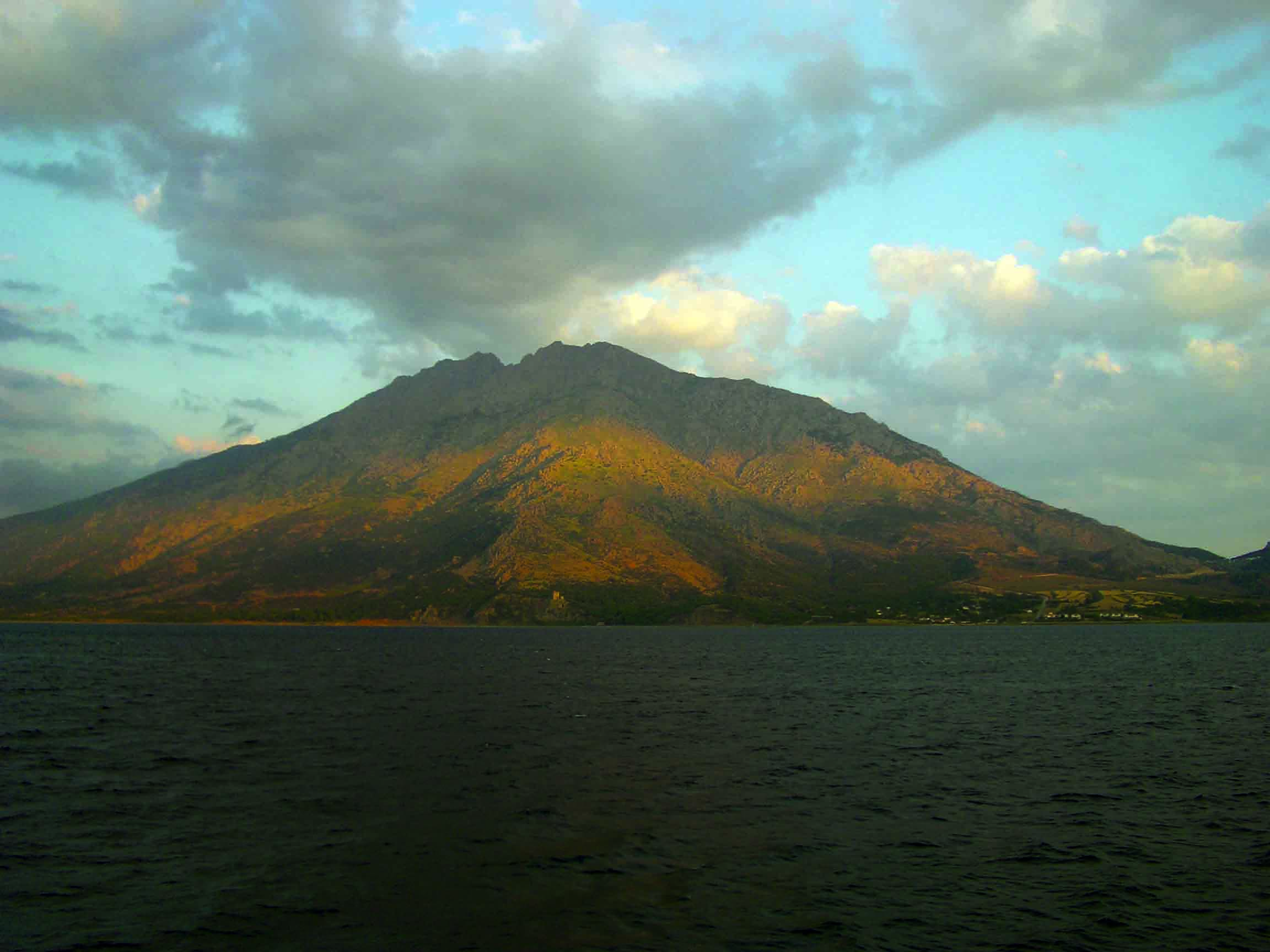
INNSBRUCK, AUSTRIA—Cosmos Magazine reports that an international team of researchers led by geologist Christoph Spötl of the University of Innsbruck turned to nearby caves to look for clues to the demise of the Neolithic city of Liangzhu, a 5,300-year-old site near China’s eastern coast where people built a complex water system to nourish their crops. The city was inhabited for about 1,000 years before it was abruptly abandoned. “A thick layer of clay was found on the preserved ruins, which points to a possible connection between the demise of the advanced civilization and floods of the Yangtze River or floods from the East China Sea,” Spötl explained. No evidence could be found for war or other conflicts, and no clear evidence for flooding was found in the layer of mud, he added. To look for additional evidence, the scientists first dated the stalagmites with uranium-thorium dating, and then determined humidity levels when they were formed through carbon isotope analysis. The test results suggest there were extremely high levels of precipitation between 4,345 and 4,324 years ago, which corresponds with the decline of Liangzhu, Spötl said. He thinks the massive monsoon rains were too much for the Neolithic system of dams and canals to withstand, forcing people to flee the city. Read the original scholarly article about this research in Science Advances. To read more about Liangzhu, go to "Early Signs of Empire."










